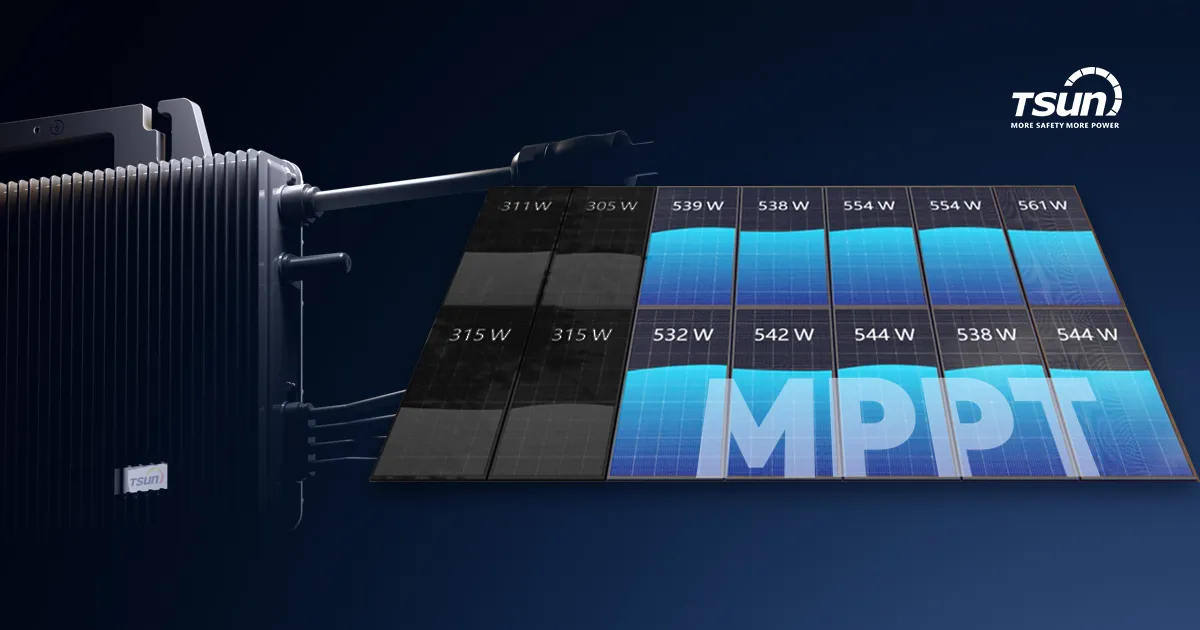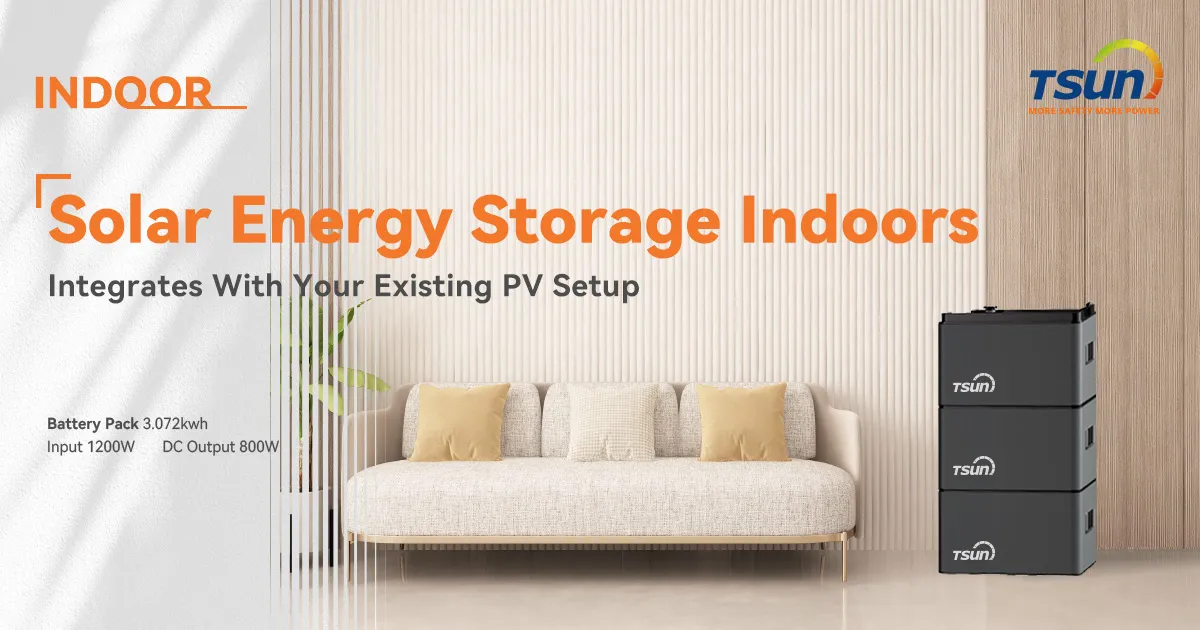Choosing the right inverter for your solar power system is crucial for maximizing efficiency and reliability. Two common types, hybrid inverters and microinverters, each offer distinct advantages and cater to different setups and needs. Understanding these differences not only enhances performance but also ensures a better return on investment.

Hybrid inverters are a popular choice for those seeking to augment their solar setups with battery storage. These inverters seamlessly integrate the conversion of DC electricity generated by solar panels into usable AC electricity, while also managing the charging and discharging of a battery system. A prime advantage of hybrid inverters is their ability to provide backup power during grid outages, offering an attractive solution for areas prone to unstable electricity supply. Their centralized design can simplify installation and maintenance, particularly for installations where space permits the use of a single inverter unit.
However, hybrid inverters’ centralized nature can present drawbacks, especially if panel shading or orientation issues arise. When one panel’s output is compromised, it can affect the overall system performance.
This is where microinverters offer an advantage. Each solar panel is paired with its own microinverter, allowing the conversion from DC to AC to occur at the panel level. This configuration ensures that the output of other panels isn’t impacted if one panel underperforms. Consequently, microinverters are particularly well-suited for installations involving panels facing multiple directions or where shading is unavoidable.

Microinverters also provide detailed performance monitoring, often down to the individual panel level. This granularity allows for precise troubleshooting and maintenance, potentially reducing long-term operational costs. Moreover, their modular nature simplifies system expansion; adding more panels often just requires adding more microinverters, without the need to upsize the central inverter, as would be the case with hybrid inverters.
Despite these advantages, microinverters tend to be more costly per watt of installed capacity when compared to hybrid inverters. Additionally, having multiple microinverters increases the number of potential points of failure. Unlike hybrid systems, they generally don’t support battery storage, although advances in technology are beginning to address this limitation.
hybrid inverter vs micro inverter
When it comes to Efficiency, hybrid inverters efficiently manage both solar and battery operations, making them a smart choice for users looking to store excess energy. However, microinverters tend to offer greater overall system efficiency in scenarios where environmental quirks like shading are realities, maximizing the energy harvested from each individual panel.
In terms of Expertise, solar installers and homeowners may favor hybrid inverters for their compatibility with battery storage systems, especially in setups where future expansion might involve adding energy storage. Those with intricate roof layouts or where expansion flexibility is key may find microinverters more compelling due to their adaptability and ease of panel-specific troubleshooting.
Authoritativeness lies in the ability to leverage technology to meet evolving power needs. Hybrid inverters align closely with the growing trend toward off-grid systems, supplementing solar power with battery storage solutions. On the other hand, the decentralized architecture of microinverters aligns with distributed generation trends, emphasizing localized energy solutions.
Trustworthiness in equipment centers on longevity and warranty considerations. Hybrid inverters, being centralized, are easier to service but their downtime can halt the entire system’s output. Microinverters, typically offering longer warranties due to their distributed design, ensure that issues are isolated to individual panels, thereby keeping most of the system operational.
For product searchers and consumers, the choice between hybrid inverters and microinverters should be tailored to their specific energy needs, environmental conditions, and long-term energy goals. Understanding the nuanced differences and aligning them with one's unique situation will ensure the best performance, reliability, and economic benefits from a solar investment.
 LEARN DETAILS
LEARN DETAILS



